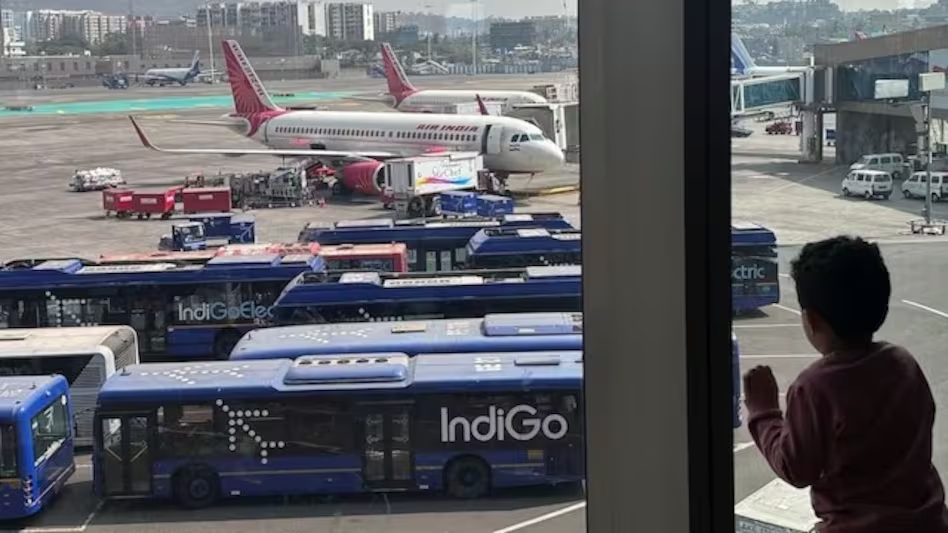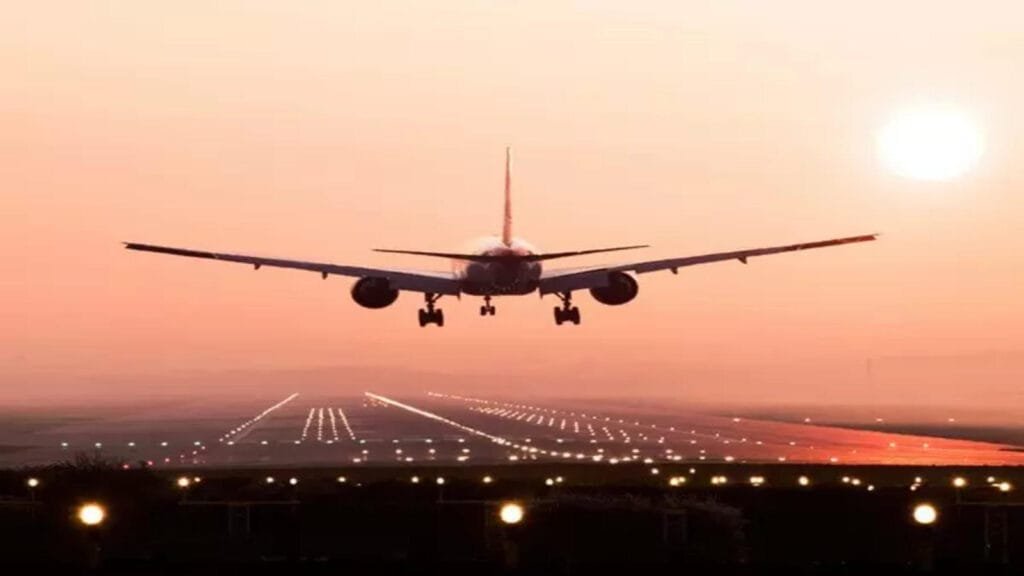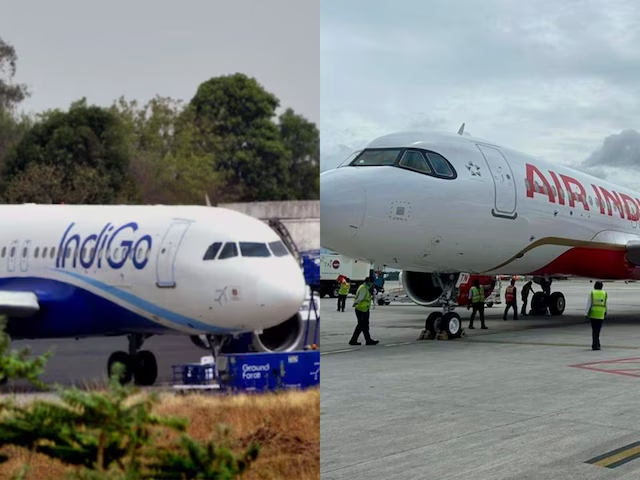Table of Contents
A disturbing trend of hoax bomb threats targeted over 25 flights in a day affecting the world’s aviation sector. Passengers and staff go into hysterics as these threats affect India’s most valuable airlines, such as IndiGo, Vistara, Akasa Air, and Air India, which are forced to posture under extreme security measures on social media. Although each of the threats proved to be a hoax, their after-effects are huge in size and have resulted in several questions being raised on the aviation security and on the source of those hoaxes.
Escalating Threats: A Day of Disruptions for Indian Aviation
On Oct. 24, 2024, airlines witnessed a series of hoax bomb threats that forced most of the impacted flights to take immediate safety measures. Again, this time targeting flights to Pune, three flights made safe landings following intense security checks. So much of this chatter took place on social media, which heightened the sensitivities of the airlines and security officials. Major cities with international flights like Frankfurt, Singapore, and Istanbul also had some of their intercontinental flights fall prey to the threats, which led to the imposition of emergency checks across several airports.

It follows a week of similar threats, that have afflicted close to 100 Indian flights since October 14. The hoax threats may be false but have pushed airlines to carry out wide-scale security sweeps and engage with the authorities, pushing back flight schedules while raising passenger concerns.
Top Carriers Affected by False Threats
IndiGo, Vistara and Akasa Air have been the worst hit as hoax bomb threats have been reported across all major domestic and international routes. For example, flights between Delhi and Istanbul, Pune to Jodhpur, and Kozhikode to Dammam in IndiGo received such threats. The Vistara flights running on Delhi to Singapore, Delhi to Abu Dhabi among other international routes too received the threat, which immediately led to security measures. Akasa Air confirmed that six of its flights, which included routes between Delhi, Mumbai, and Goa were targeted.

All of these airlines had to activate their emergency response operations. The involved flights were diverted to side bays for searching while security teams, in cooperation with airport security teams, began thorough screening operations.
Social Media as a Source of Threats
Most of these hoax bomb threats have been traced back to the platforms of social media, as anonymous users issued warnings that affected the operations. Just recently, an account on “X” (formerly Twitter) responsible for multiple threats was blocked after the intervention of authorities. Despite efforts in this respect, the recurring nature of such hoax alerts has underscored how challenging it is for airlines to manage security risks emanating from online platforms.
These threats have made industry players clamor for increased regulation and regulation of social media activities concerning aviation security. Airlines have been heavily working with digital platforms, regulatory agencies to try and trace the source of these messages to prevent such incidents in future.
Regulatory Response and Future Measures
The DGCA and the Indian government authorities responded by strengthening security at all airports in the country. The DGCA has sent more cautionary instructions to the airlines to be more vigilant and to enforce security measures on more busier routes and international routes. The authorities will also consider some legislation to punish who or which entity is found responsible for this hoax threats.
Indian authorities have shown keen interest in ensuring that the public is comfortable knowing that there is a robust and responsive aviation security framework within the country. Hoax bomb alerts over the past weeks have brought out questions regarding current security protocols being inefficient and have opened debate over the answer to how best to operate to balance security and operational continuity amongst airlines and passengers.
Passenger Impact and Operational Implications
All the targeted flights managed to land safely and were cleared, but this affected the passengers in many significant ways. Travelers had to fight the delayed flights and spend most of the hours waiting while the security teams took up their operations. Airlines incurred additional costs on account of security sweeps, rerouting flights, and emergency response teams. Psychological effects on passengers have also been tremendous and manifest as anxiety on account of recurring threats.
A spokesperson at Vistara said passenger safety cannot be compromised even as companies need to be “cautious,” stating that changes will alter the experience of customers. IndiGo and Akasa Air have also expressed the same in the sense that all required steps will be taken to maintain their safety and operational integrity.
Reducing Future Threats: Roadmap Ahead
The frequency and scale of recent hoax bomb threats really underscore the importance of the strengthening of aviation security against digital threats. According to security experts and authorities, this may mean that in the future airlines may have to have advanced security technologies with real-time monitoring systems, thus acting promptly if required to assess and neutralize any potential threats.
This also calls for the necessity of increasing cooperation among the airlines, social media companies, and law enforcers in designing a combined response mechanism on managing the threat posed by online actions. This could better help diminish disruptions and still guarantee safety and assurance of travelers.
Involving international cooperation will be necessary since hoax threats often cross national borders, especially on social media.
Conclusion: Ensuring Passenger Safety Amidst Emerging Threats
The hoax bomb threats have been a serious challenge to the Indian aviation sector and have rightly led to enhanced security measures and scrutiny of procedures in place. Though the threats have caused a lot of strain, the response by airlines and regulatory bodies has been very quick, reflecting India’s commitment to passenger safety and minimizing operational impacts. Moving forward, coordination between government bodies, the airlines, and social media would ensure that disruption like this does not happen again while ensuring air travel is safe and secure.
For Latest News Updates Click Here
